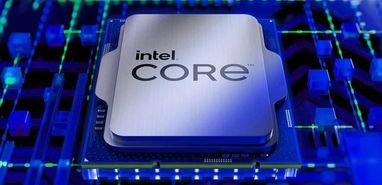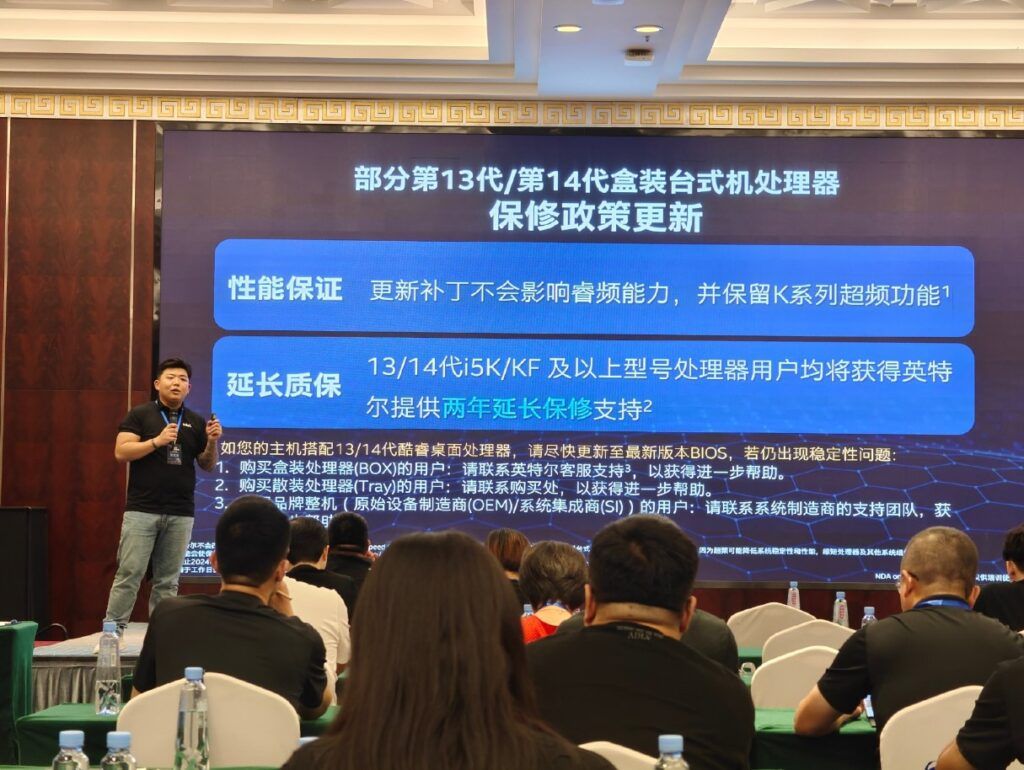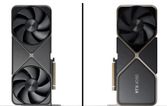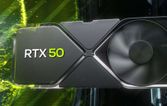
Intel’s upcoming Bolt Lake CPUs promise significant performance improvements over the previous generation, Raptor Lake, while also being more energy-efficient and free from stability issues. This marks an exciting development in Intel’s desktop processor lineup.
Intel Addresses Raptor Lake Instability with BIOS Update
Intel recently provided an update on its consumer desktop CPU lineup at an event in China, covering both Raptor Lake and Bolt Lake processors. The company highlighted how it is tackling the instability issues affecting its 13th and 14th Gen Raptor Lake CPUs. Intel has already announced a microcode BIOS update that will address the issue of elevated voltages, which has not been identified as the root cause, and will extend the warranty for these CPUs by an additional two years.
The microcode BIOS update ensures that the turbo frequency operation will remain unaffected, allowing CPUs to boost to their listed specifications. Overclocking capabilities will also remain intact, with overall performance aligning closely with Intel’s baseline tests. Although the “Intel Baseline Profile” can impact performance by up to 15% in games, it typically averages a 5% effect depending on the application.

Intel’s slide presentation emphasized:
- Performance Guarantee: The updated patch will not affect turbo frequency capabilities, maintaining the K series overclocking function.
- Extended Warranty: Users of 13th and 14th Gen i5K/KF and higher processors will receive a two-year extended warranty supported by Intel.
- Update Advisory: Users with systems equipped with a 13th or 14th Gen Core desktop processor should update to the latest BIOS version promptly. If stability issues persist:
- Boxed processor customers should contact Intel customer service for assistance.
- Bulk processor buyers should contact their place of purchase.
- Owners of branded machines should contact the OEM or system integrator for support.
Sneak Peek: Bolt Lake’s Efficient and Powerful CPUs
Intel didn’t stop with its Raptor Lake discussion but also teased its next-gen Bolt Lake “Core Ultra 200” desktop CPUs. While specific performance figures weren’t disclosed, Intel confirmed that Bolt Lake will offer robust performance enhancements and consume at least 100 watts less power than its predecessors, addressing the significant power demands seen in Raptor Lake CPUs, which required around 300 watts.

This reduction in power consumption and correction of voltage imbalances is expected to resolve the instability issues that plagued the previous generations. Rumors suggest that the flagship Core Ultra 9 285K could reach up to 5.7 GHz. Intel assures that Bolt Lake will not inherit the flaws of the 13th and 14th Gen chips, ensuring a stable and reliable experience.
Intel’s collaboration with ASUS during a recent conference highlighted:
- Power Efficiency: The new generation CPUs consume at least 100 watts less year-over-year, maintaining high main frequencies. After process updates, previous overvoltage problems will be eliminated, with stability guaranteed.
- BIOS Updates: Updating BIOS will not compromise turbo frequency capabilities, achieving Intel’s nominal performance. The boxed CPUs will have an extended warranty for two years beyond the original three-year coverage.
- Performance Expectations: While performance details remain under wraps, Intel hinted at fierce competition and significant advancements.
In addition to these exciting developments, Intel announced that its new Witch series graphics cards will launch at the end of the year, promising substantial performance improvements. ASUS motherboards were also praised for their quality, with a focus on the upcoming AYW series.
Looking Ahead: Bolt Lake’s Promising Future
Back at Computex 2024, whispers about Intel’s Bolt Lake desktop CPUs being more power-efficient circulated, with a launch planned for October 2024. Intel aims to fulfill its promises and regain customer trust after the instability issues of previous generations.
Here’s a preliminary lineup of Intel Bolt Lake-S desktop CPUs:
| CPU Name | Architecture (P/E) | Cores/Threads | P-Core Boost/All-Core | E-Core Boost | Cache (L3) | TDP (PL1) |
|---|---|---|---|---|---|---|
| Core Ultra 9 285K | Lion Cove/Skymont | 24/24 | 5.7/5.4 GHz | 4.6 GHz | 36 MB | 125W |
| Core Ultra 7 265K | Lion Cove/Skymont | 20/20 | 5.5/5.2 GHz | 4.6 GHz | 33 MB | 125W |
| Core Ultra 5 245K | Lion Cove/Skymont | 14/14 | 5.0/5.2 GHz | 4.6 GHz | 24 MB | 125W |
| Core Ultra 9 275 | Lion Cove/Skymont | TBD | TBD | TBD | TBD | 65W? |
| Core Ultra 7 255 | Lion Cove/Skymont | 20/20? | TBD | TBD | TBD | 65W? |
| Core Ultra 5 240 | Lion Cove/Skymont | 10/10? | TBD | TBD | TBD | 65W? |








By Andrej Kovacevic
Updated on 8th August 2024